Reducing Your Carbon Footprint: 8 Practical Steps to a Greener Lifestyle
Introduction:
In a world where environmental consciousness is paramount, taking proactive steps to reduce your carbon footprint is a commendable endeavor.
This article unveils eight practical and achievable measures you can incorporate into your daily routine to embrace a greener lifestyle and make a positive impact on the planet.

1. Opt for Sustainable Transportation:rong>
- Explore eco-friendly transportation options such as walking, cycling, carpooling, or using public transport.
- Consider investing in electric or hybrid vehicles for a cleaner commute.
2. Embrace Energy-Efficient Practices at Home:
- Upgrade to energy-efficient appliances and light bulbs.
- Unplug electronic devices when not in use and minimize water and energy consumption.
3. Reduce, Reuse, Recycle:
- Adopt a mindful approach to consumption by minimizing single-use items.
- Practice proper recycling habits to divert waste from landfills. Through these practical steps and more, reducing carbon footprints will be as good as given.
4. Choose Renewable Energy Sources:>
- Invest in renewable energy options such as solar panels or wind power for your home.
- Support clean energy providers to contribute to a greener grid.
5. Cultivate a Sustainable Diet:
- Introduce more plant-based meals into your diet.
- Be mindful of the environmental impact of food choices and opt for locally sourced, organic products.
6. Offset Your Carbon Emissions:
- Explore carbon offset programs and initiatives that enable you to balance your unavoidable carbon emissions.
- Support projects that promote reforestation and carbon capture aimed at reducing carbon footprints.
7. Practice Water Conservation:
- Implement water-saving habits, such as fixing leaks and using water-efficient appliances.
- Be mindful of water usage in daily activities like washing dishes or taking showers.
8. Educate and Advocate:
- Share your knowledge about sustainable practices with friends, family, and colleagues.
- Advocate for environmentally friendly policies and initiatives in your community.
Reducing your carbon footprint is not just an individual choice; it’s a collective responsibility.
By incorporating these eight practical steps into your lifestyle, you not only contribute to a healthier planet but also inspire others to follow suit.
Small changes can lead to significant positive impacts, fostering a greener, more sustainable future for generations to come.
Call to Action: Share these practical steps with your network and encourage others to join the journey toward reducing carbon footprints for a greener lifestyle.
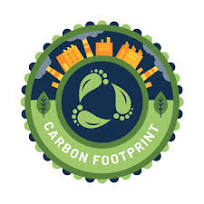
Together, let’s make a lasting impact on the environment and pave the way for a sustainable and eco-conscious future.
Understanding Carbon Footprint: A Comprehensive Overview
In an era marked by environmental concerns and a growing commitment to sustainability, the term “carbon footprint” has become increasingly prevalent.
But what exactly does it mean?
This article delves into the concept of carbon footprint, breaking down its definition, components, and why it matters in the context of our collective impact on the planet.
Defining Carbon Footprint: A carbon footprint is a measure of the total greenhouse gas emissions, expressed in terms of carbon dioxide equivalents (CO2e),
That are directly or indirectly associated with an individual, organization, event, or product.
It serves as a quantifiable indicator of the environmental impact of human activities, considering the various sources and their contribution to climate change.
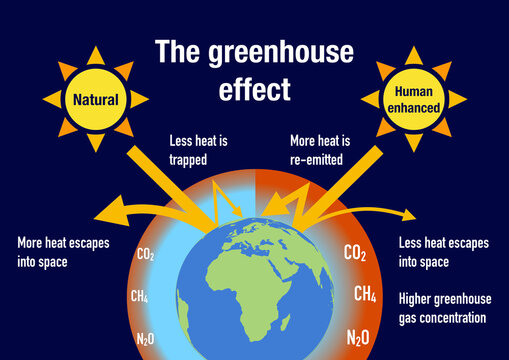
Components of Carbon Footprint:
- Direct Emissions (Scope 1): These are emissions directly attributed to activities under one’s control. Examples include fuel combustion in vehicles, on-site energy production, and industrial processes.
- Indirect Emissions (Scope 2): These result from the generation of electricity, heat, or steam purchased from external sources. The impact is associated with the energy consumed, but the emissions occur elsewhere.
- Indirect Emissions from the Supply Chain (Scope 3): This category encompasses a broader range of emissions, including those from the entire supply chain, business travel, employee commuting, and end-of-life disposal of products.
Why Carbon Footprint Matters:
- Climate Change Impact: Greenhouse gases, particularly carbon dioxide, contribute to the greenhouse effect, leading to global warming and climate change.
- Resource Depletion: High carbon emissions often correlate with resource-intensive activities, contributing to the depletion of natural resources.
- Air Quality and Health: Some greenhouse gases also have direct impacts on air quality, affecting human health and the well-being of ecosystems.
Measuring and Reducing Carbon Footprint:
- Carbon Footprint Calculators: Numerous online tools and calculators help individuals and organizations estimate their carbon footprint based on various lifestyle or operational factors.
- Sustainable Practices: From energy-efficient technologies and renewable energy adoption to waste reduction and sustainable transportation choices, individuals and organizations can implement practices that minimize their carbon footprint.
Understanding and actively addressing our carbon footprint is a crucial step towards building a more sustainable future.
By taking responsibility for our individual and collective impact on the environment.
We can contribute to mitigating climate change and preserving the planet for future generations.
Call to Action: Empower yourself with knowledge about your carbon footprint, explore sustainable practices, and advocate for eco-friendly choices in your community.
Together, let’s strive for a world where our actions promote environmental stewardship and a harmonious coexistence with the planet.
Unveiling the Health Hazards of Carbon Footprint: Understanding the Silent Threat
While the term “carbon footprint” is commonly associated with environmental impact, its repercussions extend beyond climate change.
The carbon footprint, primarily driven by the emission of greenhouse gases, contributes to a range of health hazards, affecting individuals and communities worldwide.
This article sheds light on the various health risks associated with the carbon footprint, emphasizing the urgent need for sustainable practices.
1. Air Pollution and Respiratory Issues:
- Cause: Combustion of fossil fuels releases pollutants like particulate matter and nitrogen oxides.
- Effect: Increased risk of respiratory diseases such as asthma, bronchitis, and other respiratory infections.
2. Climate Change-Related Health Impacts:
- Cause: Elevated carbon dioxide levels contribute to global warming and climate change.
- Effect: Spread of infectious diseases, changing disease patterns, heat-related illnesses, and disruptions in food and water supplies.
3. Extreme Weather Events:
- Cause: Climate change, influenced by increased carbon emissions.
- Effect: More frequent and severe weather events, leading to injuries, displacement, and increased vulnerability to vector-borne diseases.
4. Heat-Related Illnesses:
- Cause: Rising global temperatures due to increased greenhouse gas emissions.
- Effect: Heat-related illnesses, including heatstroke, dehydration, and exacerbation of existing health conditions.
5. Water Contamination and Scarcity:
- Cause: Climate change impacting water sources and industrial pollution.
- Effect: Waterborne diseases, scarcity-related conflicts, and compromised access to clean and safe drinking water.
6. Vector-Borne Diseases:
- Cause: Changes in climate patterns influencing the distribution of disease-carrying vectors.
- Effect: Increased prevalence of diseases like malaria, dengue, and Zika virus.
7. Food Insecurity and Malnutrition:
- Cause: Climate change affecting agricultural productivity and food supply chains.
- Effect: Disruptions in food availability, nutritional deficiencies, and an increased risk of malnutrition.
8. Mental Health Impacts:
- Cause: Climate-related disasters and uncertainties affecting mental well-being.
- Effect: Increased stress, anxiety, and depression due to climate-induced events and uncertainties.
9. Spread of Infectious Diseases:
- Cause: Changes in climate and weather patterns influencing disease vectors and transmission.
- Effect: Expanded geographical range of infectious diseases, impacting global health security.
10. Vulnerability of Vulnerable Populations: – Cause: Disproportionate exposure to environmental hazards in vulnerable communities. – Effect:
Increased health disparities, with marginalized populations facing greater health risks and limited access to healthcare.
The health hazards associated with carbon footprint go beyond environmental concerns, affecting the well-being of individuals and communities.
Recognizing the interconnectedness of environmental and human health is crucial for fostering a sustainable and resilient future.
Call to Action: Embrace sustainable practices, advocate for policies that reduce carbon emissions.
And support initiatives that address both environmental and health concerns. By mitigating our carbon footprint.
We can protect not only the planet but also the health and well-being of current and future generations.
Exploring Investment Opportunities in Carbon Footprint Reduction
Introduction: As the global community intensifies its focus on environmental sustainability, investment opportunities in carbon footprint reduction have emerged as a dynamic and impactful sector.
This article delves into the various avenues for investors looking to align their portfolios with eco-friendly initiatives.
Showcasing how financial decisions can contribute to both profitability and positive environmental outcomes.

1. Renewable Energy Ventures: Investing in renewable energy projects, such as solar and wind farms, presents a lucrative opportunity.
As the world shifts towards clean energy sources, these ventures not only generate returns for investors but also significantly reduce reliance on carbon-intensive energy production methods.
2. Carbon Offset Projects: Supporting carbon offset initiatives is a direct way to invest in environmental conservation.
These projects, such as reforestation, methane capture, and sustainable agriculture.
Not only contribute to carbon reduction but also offer investors the chance to participate in meaningful, planet-positive endeavors.
3. Energy Efficiency Technologies: Investments in companies developing and implementing energy-efficient technologies can yield substantial returns.
From smart grids and building management systems to energy-efficient appliances.
These innovations play a pivotal role in reducing overall energy consumption and, consequently, carbon emissions.
4. Sustainable Transportation Solutions: The transportation sector is a significant contributor to carbon emissions.
Investing in companies working on electric vehicles, charging infrastructure, and sustainable mobility solutions can both support environmental goals and capitalize on the growing demand for eco-friendly transportation alternatives.
5. Green Real Estate Development: Real estate projects focusing on sustainability, energy efficiency, and eco-friendly design are gaining traction.
Investing in green buildings and environmentally conscious developments not only aligns with carbon reduction objectives but can also prove financially rewarding as eco-friendly practices become more mainstream.
6. Circular Economy Initiatives: Investing in businesses that promote a circular economy—where products are designed for longevity, reuse, and recycling—can be both environmentally impactful and economically viable.
Companies involved in waste reduction, recycling technologies, and sustainable product design are potential areas for investment.
7. Carbon Capture and Storage (CCS): Technologies focused on capturing and storing carbon emissions from industrial processes offer another avenue for investment.

As industries seek to decarbonize, CCS projects become crucial, presenting opportunities for investors to participate in this transformative sector.
8. Environmental, Social, and Governance (ESG) Funds: ESG-focused investment funds are gaining popularity, allowing investors to support companies committed to sustainable and socially responsible practices.
These funds consider environmental impact alongside social and governance factors, offering a well-rounded approach to responsible investing.
Investing in carbon footprint reduction not only aligns with global efforts to combat climate change but also presents investors with opportunities for financial growth in emerging and transformative sectors.
By allocating resources to companies and projects committed to environmental sustainability, investors can play a vital role in shaping a greener and more resilient future.
Call to Action: Explore investment opportunities in carbon footprint reduction, consider ESG factors in your portfolio.
And contribute to the transition towards a more sustainable and environmentally conscious global economy.
Forging Profitable Partnerships: NGOs Open to Collaboration with Investors
In the pursuit of impactful investments with a dual focus on financial returns and social and environmental responsibility.
Investors are increasingly seeking collaboration with Non-Governmental Organizations (NGOs).
This article explores some notable NGOs that actively engage in partnerships with investors.
Fostering opportunities for profitable cooperation while advancing sustainable and socially responsible initiatives.
**1. World Wildlife Fund (WWF):
- Focus Area: Biodiversity conservation, climate change mitigation, sustainable development.
- Investment Opportunities: Partnerships with WWF can range from supporting conservation projects to investing in sustainable business practices that align with their environmental goals.
**2. Oxfam:
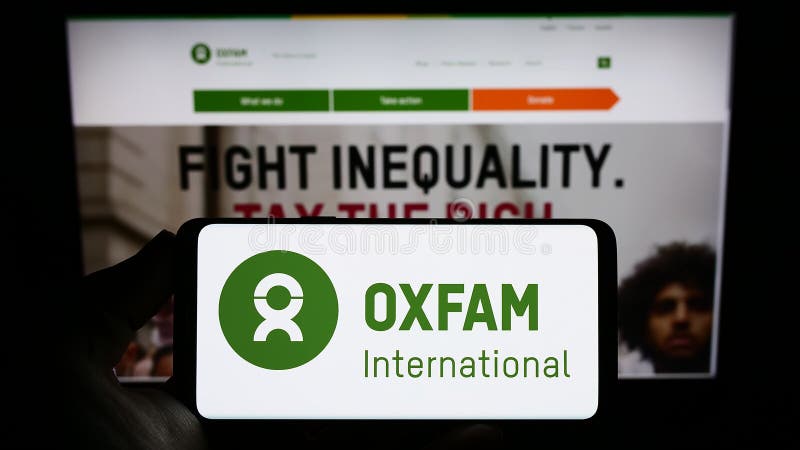
- Focus Area: Poverty alleviation, social justice, fair trade.
- Investment Opportunities: Investors can explore collaboration on projects that address social and economic inequality, support fair trade enterprises, or contribute to Oxfam’s various community development initiatives.
**3. Environmental Defense Fund (EDF):
- Focus Area: Climate change, sustainable agriculture, clean energy.
- Investment Opportunities: EDF works with investors on projects related to climate solutions, including renewable energy investments, sustainable supply chains, and initiatives to reduce greenhouse gas emissions.
**4. Ceres:
- Focus Area: Sustainable business practices, climate change, water scarcity.
- Investment Opportunities: Investors can engage with Ceres to promote sustainable business strategies, water stewardship, and climate risk management within their portfolios.
**5. Rainforest Foundation:
- Focus Area: Rainforest conservation, indigenous rights.
- Investment Opportunities: Collaborations can include supporting projects that protect rainforests, promote sustainable land use, and respect the rights of indigenous communities.
**6. Acumen:
- Focus Area: Impact investing, poverty alleviation.
- Investment Opportunities: Acumen focuses on impact investments in sectors such as healthcare, agriculture, and renewable energy, providing investors with opportunities to make a positive social impact alongside financial returns.
**7. Global Impact Investing Network (GIIN):
- Focus Area: Impact investing, sustainable finance.
- Investment Opportunities: GIIN facilitates connections between investors and impactful projects, providing a platform for collaboration in the growing field of impact investing.
**8. Sustainable Fisheries UW:
- Focus Area: Sustainable fisheries, marine conservation.
- Investment Opportunities: Investors interested in supporting sustainable fisheries and marine conservation can explore partnerships with organizations like Sustainable Fisheries UW to promote responsible practices in the seafood industry.
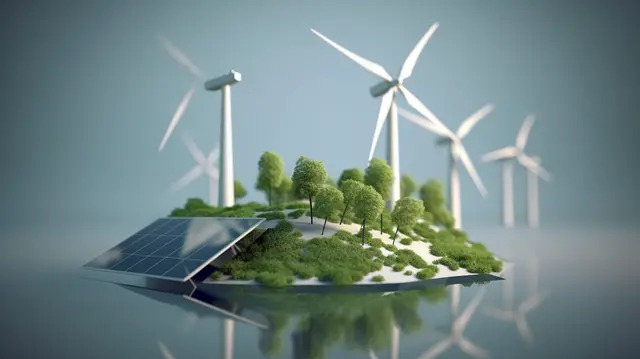
NGOs offer a valuable bridge between investors seeking impactful opportunities and causes that align with sustainable and socially responsible goals.
By identifying shared values and objectives, investors can not only generate financial returns but also contribute to positive social and environmental change through collaborative partnerships with these NGOs.
Call to Action: Reach out to NGOs aligned with your values and investment objectives.
Explore potential partnerships, leveraging your financial resources for positive social and environmental impact.
Together, investors and NGOs can create a powerful force for change in the pursuit of a more sustainable and equitable world.
Conclusion: Paving the Path to a Sustainable Tomorrow
In the pursuit of a greener lifestyle and the collective endeavor to reduce our carbon footprint, we find ourselves at the intersection of individual responsibility and global impact.
The journey towards sustainability is not merely a trend but a profound commitment to preserving the delicate balance of our planet for generations yet to come.
As we reflect on the eight practical steps outlined for reducing our carbon footprint, it becomes evident that the power to effect change lies within our daily choices and intentional actions.
Each step taken toward sustainability is a ripple in the vast ocean of environmental consciousness, a ripple that has the potential to grow into a wave of transformation.
Opting for sustainable transportation, embracing energy-efficient practices at home, and championing a circular economy are not just lifestyle adjustments;
They are revolutionary acts that echo through the corridors of time, shaping the future of our planet.
The significance of choosing renewable energy sources, cultivating a sustainable diet, and offsetting our carbon emissions extends far beyond personal lifestyle adjustments.
It is a testament to our commitment to innovation and adaptation, a pledge to evolve in harmony with the planet rather than exploit its resources recklessly.
In investing our efforts and resources in these directions, we sow the seeds of a more sustainable and resilient world.
The impact of practicing water conservation, advocating for sustainable practices, and influencing businesses to adopt eco-friendly strategies cannot be overstated.
These actions are not isolated; they weave a narrative of change, weaving together the threads of environmental consciousness, corporate responsibility, and individual accountability.

As we stand on the precipice of a climate crisis, these steps are not mere suggestions but imperatives, signposts guiding us away from the edge.
In conclusion, reducing our carbon footprint is not a solitary act but a symphony of interconnected efforts.
It is a commitment to a greener lifestyle that transcends personal convenience, transcends geographic boundaries, and transcends temporal constraints.
It is a commitment to a legacy—a legacy of responsible custodianship of our planet.
So, let us embark on this journey with the conviction that our actions, however small they may seem, collectively shape the narrative of our shared future.
Let the eight practical steps outlined here be the foundation upon which we build a sustainable existence—a testament to our stewardship of the Earth.
As we reduce our carbon footprint, we are not just adopting a lifestyle;
We are contributing to a narrative of hope, resilience, and a profound respect for the interconnected web of life.
Together, let us embrace the challenge and privilege of being caretakers of our planet.
Ushering in an era where a greener lifestyle is not just an aspiration but a reality that defines us as individuals and as a global community.

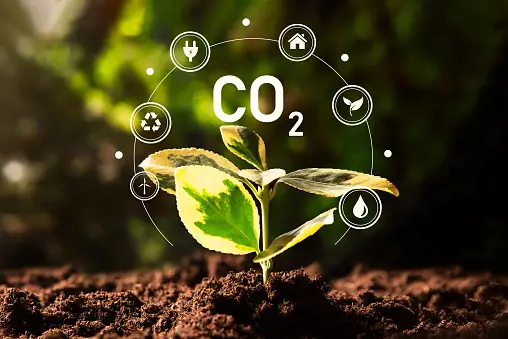


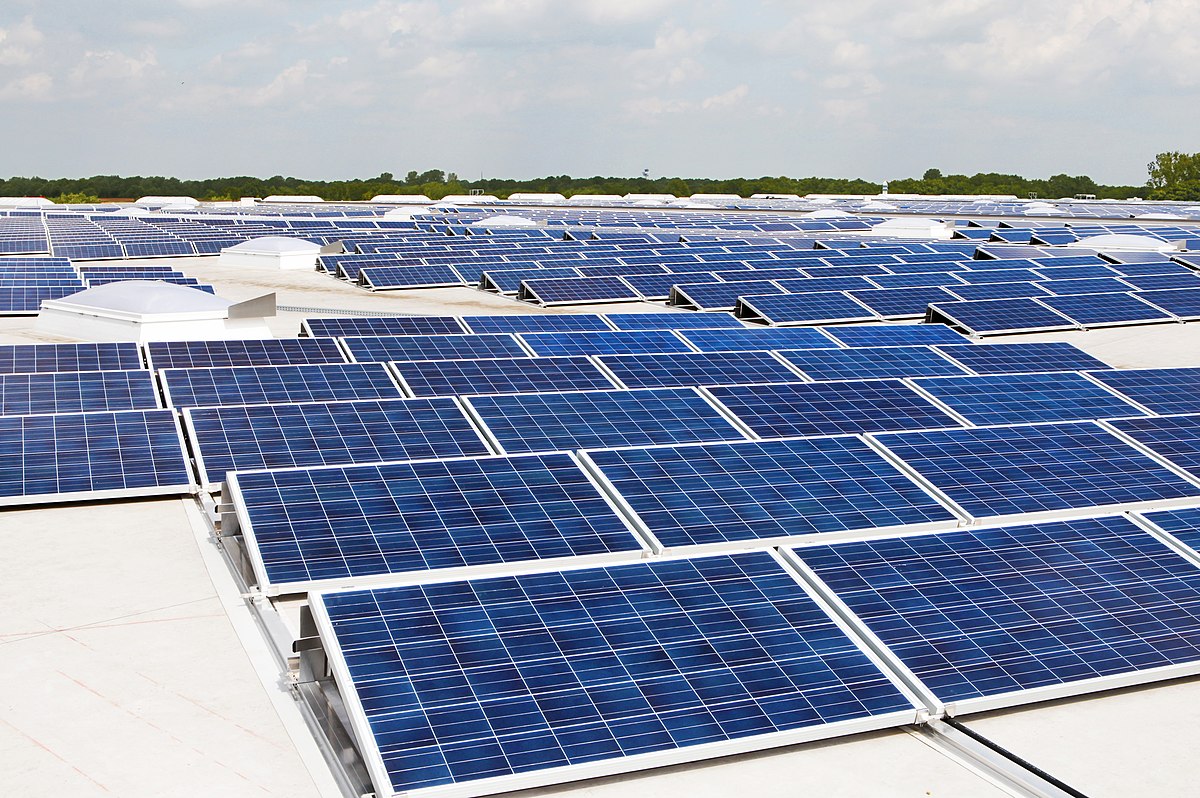
Leave a Reply